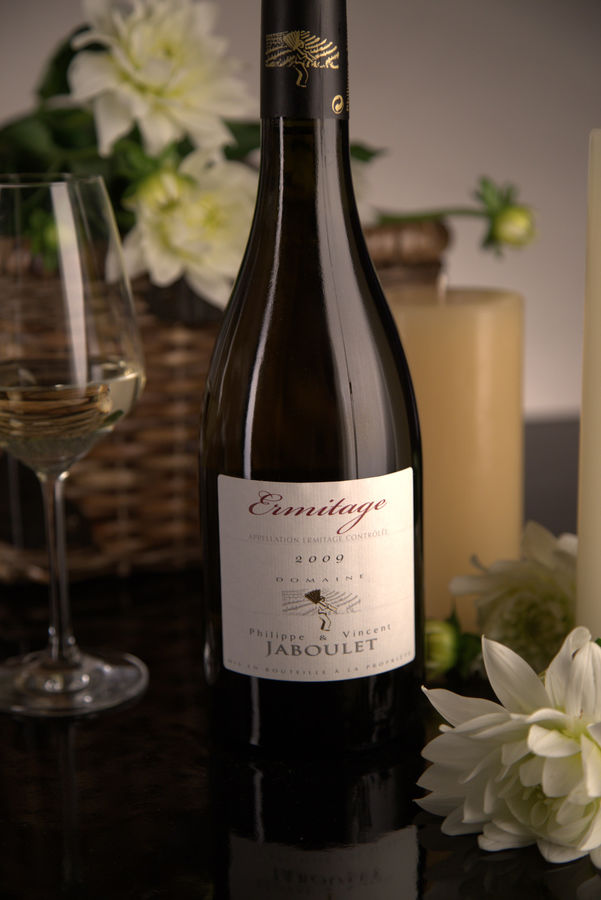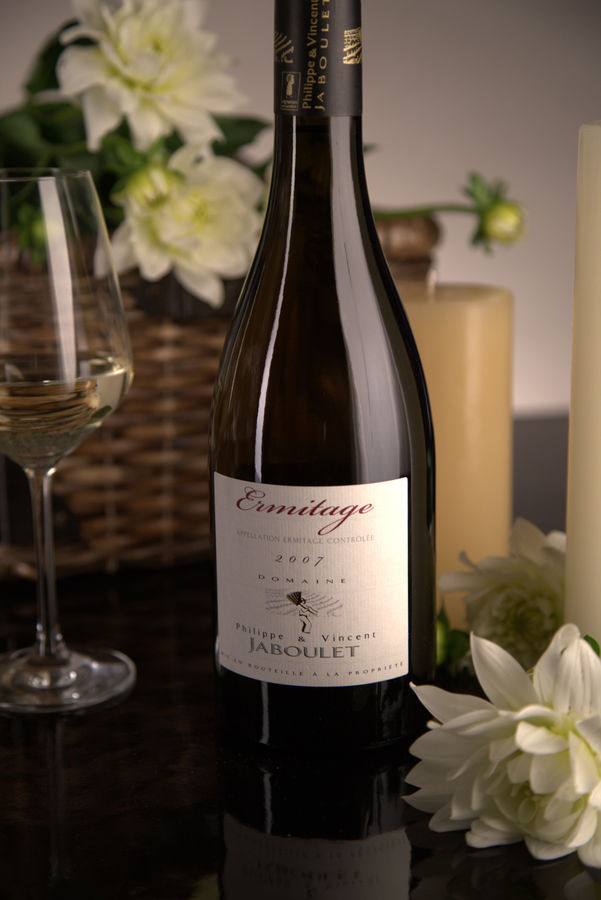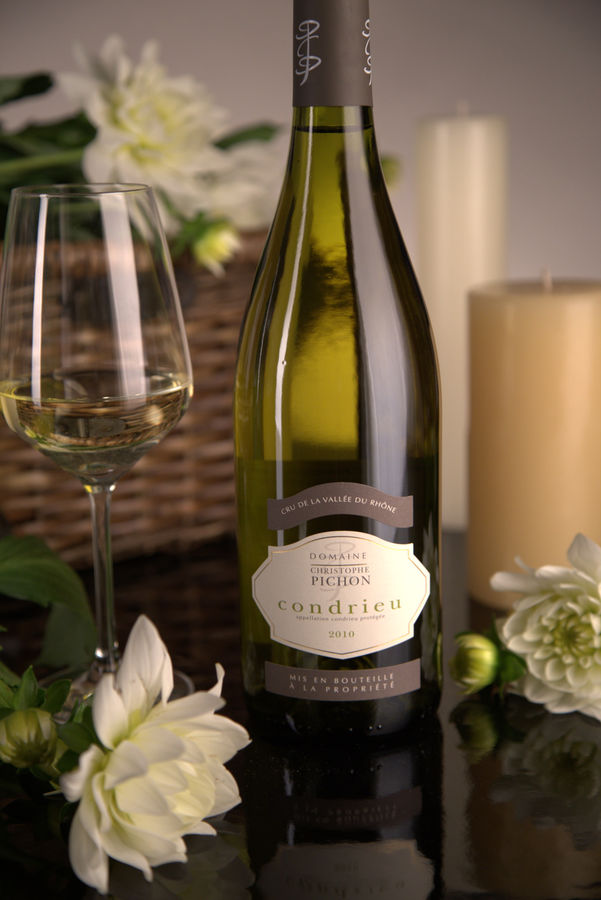What vintage should I buy?
France is not California!
Weather patterns in France can be wildly variable, both from year to year and region to region. Different weather leads to different ripening rate, flavor concentration, yield, etc., which ultimately affects the wine’s taste and availability.
While winemakers have learned to adapt their techniques to the weather fluctuations, they cannot erase all these differences.
Some years are good, some are stunning.
How do you know which is which?
Just click on a year, below, and find out!
Burgundy:
- 1994 Burgundy
- 1997 Burgundy
- 1998 Burgundy
- 1999 Burgundy
- 2002 Burgundy
- 2003 Burgundy
- 2005 Burgundy
- 2009 Burgundy
- 2010 Burgundy
- 2011 Burgundy
- 2012 Burgundy
Rhône:
Beaujolais:
Champagne:
1994 Burgundy
Burgundy was sheltered from most of the harsh weather of 1994, with a prety good harvest. The lateness of the harvest meant ripe and concentrated fruit, with a core citrus character that stands out.
1997 Burgundy
Hot and dry weather produced juicy and rich grapes, big and fat. The result is a well-balanced wine, nice acidity, with lots of staying power.
1998 Burgundy
After first harvest, tannins seemed a little sharp; but with age, these have mellowed into a vibrant, earthy quality. Appealing taste of fresh fruit, not as rich as the 99’s, but with a good scope.
1999 Burgundy
Described as “a gift from God”. Burgundians still rave about this vintage 15 years later. Sophisticated and ripe tannins keep for many years, for great aging and a harmonious balance. Both white and red are equally splendid.
2002 Burgundy
A great year and an easy harvest, 2002 was outstanding for both red and whites. Winemakers claimed the wines practically “made themselves”. Wines were elegant, racy, and classy.
Reds: Pinot Noirs age well, showing impressive balance between acidity and natural sugar. Concentrated and fruity.
Whites: Opulent, tasty and ripe. Less mineral profile than other vintages, but more opulence.
2003 Burgundy
A short growing season led to an early harvest, making this year uneven. Reds shone, whites tended not to.
Reds: Firm structure and length. Richer than other years and a bit heavy. But tangy fruit, freshness, elegance, and balance created a great vintage.
Whites: Heavy, difficult sugar to balance. Smaller vineyards tend to do better, with rich wines that are less minerally.
2005 Burgundy
Magnificent vintage. Dry summer weather created ideal conditions for harvest in September. Result? Ripe, balanced grapes, with fruit as refreshing as a sorbet, creating wines with depth and finesse that are made to last.
Red: Rich, full, smooth, textural. Strong terroir balanced by strong fruit. One of the best vintages of the decade.
White: Full of fruit, with good acidity balance. Not as uniformly good as the reds, but still one of the best vintages of the decade.
2009 Burgundy
Ripe, ripe, ripe! Favorable summer weather that remained beautiful throughout the harvest, winemakers could choose the acidity level they wanted in their grapes, without being rushed. Expect ripe, fruit-filled bottlings.
Reds: Particularly outstanding. Lots of grip and definition, along with a bursting fruit flavor.
Whites: Slightly less so. Still vibrant and fruity, but with less minerality and terroir definition.
2010 Burgundy
Exceptional. A cooler year with late flowering and a rainier August, this vintage has become a classic. Tended to produce medium-weight, ripe fruit, not overly concentrated but showing a distinct terroir flavor.
Reds: Ripe fruit and ripe tannins! That’s unusual — and exciting. Harmonious, with a more balanced tannins and acidity. Concentrated fruit flavor.
Whites: According to Pierre Morey, 2010 was one of the best vintages for Chardonnay he’s ever seen. 2010 has the grip of the 2008’s, but with the richness of the 2009’s. Perfect textures.
2011 Burgundy
A chaotic growing season, and quick and early harvest, 2011 turned into a surprisingly good vintage. Selection of these wines has to be meticulous; some growers had disasters, others had inordinate success.
Reds: Lighter than 2010 and less rich than 2009, they offer a light and fruity drink.
Whites: Pleasant, fresh, fruity, but without as much staying power as 2010. Best drink them sooner rather than later.
2012 Burgundy
This year began with lots of rain and hail, thinning out the grapes. But if the grapes survived the initial barrage, they wound up benefiting from outstanding harvest conditions. The vintage is already beginning to be considered a classic.
Reds: The freshness of a cold vintage, with the texture of a warm vintage. Similar to 2010, but with more body and volume.
Whites: Very few Chardonnays produced. Those that were have been receiving praise.
2007 Rhône
While severe weather and hailstorms threatened the crop in 2007, harvest brought sunny weather with mistral-winds (which allow grape-sugars to concentrate). Due to turbulent growing conditions, malolactic fermentation went quickly in this vintage, producing soft, flattering wines.
2009 Rhône
Excellent. An easy, warm summer gave lots of options. A heat-wave in August resulted in some smaller, more concentrated berries, but they didn’t lack maturity. A splash of rain balanced it out, resulting in a terrific harvest.
Fatter taste than usual, wines open and gushing.
Reds: Deep color, ripe and expressive fruit, along with strong tannins.
Whites: Supremely rich. Especially good in Crozes-Hermitage, and Ermitage Roussanne grapes, where it shows a saucy front and layered depth.
2010 Rhône
Excellent! A more challenging growing season, but dry and warm weather during harvest meant a great vintage. A late harvest caused perfect ripeness, good concentration, and a balance of acidity and freshness. Vividly focused.
2010 is considered the best vintage for Côte-Rôties since the legendary 1978 vintage.
Reds: Ripe tannins mean they don’t intrude on the palate. Flavors are layered. Tastes subtle.
Whites: Precise floral aroma, with a ripe and wonderful length. Very fresh.
2011 Rhône
Early September rains diluted the flavors. Generally good, lots of freshness, but lacking the richness and vibrancy of the 2010’s or the 2009’s.
Reds: Still good flavor, a bit diluted. Display their terroirs very precisely.
White: Pretty and delightful, but leaner in style.
2012 Rhône
A harsh winter led to a nice, dry summer and harvest. Wines were good, with acidity below the norm and more pronounced tannins. Reds are nice, whites tend to be outstanding.
2010 Beaujolais
A classic vintage. With a small crop, quality control was tight. Fruit produced was fresh and delicious. Created wines that are ready to drink immediately, but will also age well.
2011 Beaujolais
Wonderful vintage for Beaujolais. Concentrated juice with a marvellous opulence and excellent structure.
2000 Champagne
A late harvest and turbulent growing season meant fewer grapes in 2000, but the grapes that did turn out featured higher sugar levels that led to a fast fermentation. With a fine balance between acidity and alcohol levels, it is an exquisite, vintage year.
2005 Champagne
An excellent year for Chardonnay, with quality high enough to produce vintage champagnes.
Good harvest weather led to preserved acidity levels: essential for high-quality champagne! Chardonnay grapes achieved beautiful ripeness and full maturity.
Pinot Noir grapes less so. Pinot Meunier lagged behind the others.
2007 Champagne
A murky summer and an early harvest, 2007 produced wines with above-average acidity, with Chardonnays out-performing Pinots.
2009 Champagne
Although a rocky start, early in the year, August of 2009 was hot and dry — perfect for grapes. Ripe grapes created wines with a fresh but balanced acidity and a lively taste.



